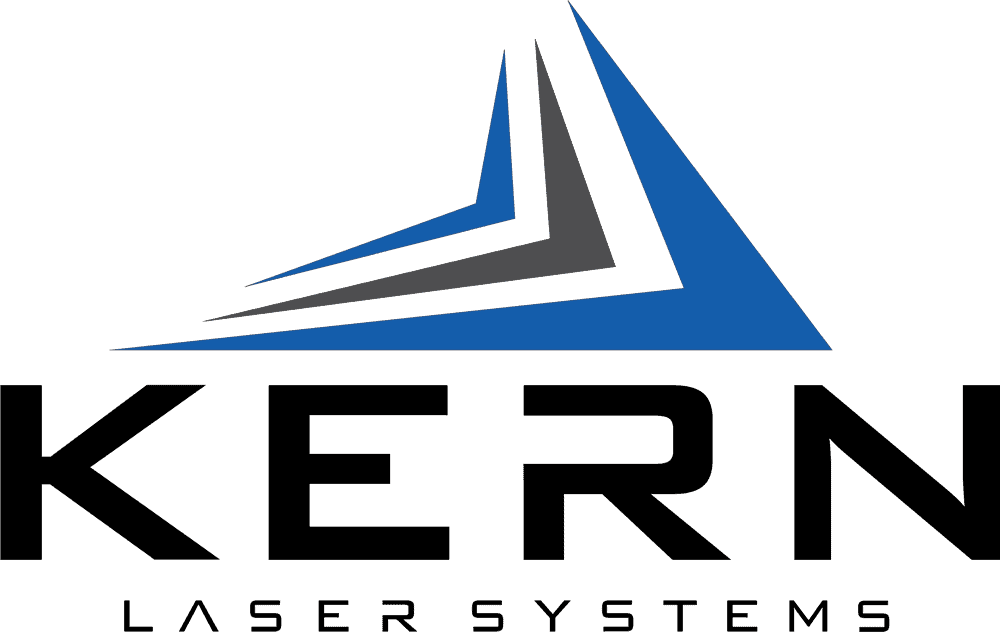SAFE CNC LASER SOLUTIONS
Laser Safety
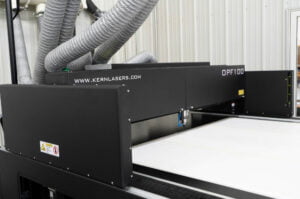 Creating a safe and healthy working environment should be a top priority when implementing any piece of industrial machinery.
Creating a safe and healthy working environment should be a top priority when implementing any piece of industrial machinery.
Kern’s engineers have invested thousands of hours ensuring our equipment meets or exceeds all required safety standards put forth by CDRH, UL, CE and ANSI.
Safety is generally broken into two areas; Safety Features and Safety Protocols. Below you will learn more on both of these topics and how Kern is doing all we can to ensure a safe working environment for our customers.
LASER SAFETY OFFICER
 A Laser Safety Officer (LSO) must be appointed for companies operating a Class 4 laser system. The LSO has the responsibility to monitor the safe usage of lasers in a work environment by defining the proper control measures according to the different levels of laser hazards.
A Laser Safety Officer (LSO) must be appointed for companies operating a Class 4 laser system. The LSO has the responsibility to monitor the safe usage of lasers in a work environment by defining the proper control measures according to the different levels of laser hazards.
Common control measures may include; assigning proper laser safety glasses, warning labels/signage and implementing safe operational procedures.
The Laser Institute of America offers in-person and online courses which are well suited for those looking to become a LSO. For more information, please use the link below to visit the LIA training web page.
Laser Classifications
 Laser machines are assigned a laser classification, in most part, based on factors such as laser output energy(watts) and wavelength. Kern’s laser systems fall into one of two classifications; Class 2 or Class 4. Generally, the lower the classification, the safer the device is. However, when safety protocols are followed along with the many safety features implemented into the Kern machines, all of Kern’s systems can be safely operated.
Laser machines are assigned a laser classification, in most part, based on factors such as laser output energy(watts) and wavelength. Kern’s laser systems fall into one of two classifications; Class 2 or Class 4. Generally, the lower the classification, the safer the device is. However, when safety protocols are followed along with the many safety features implemented into the Kern machines, all of Kern’s systems can be safely operated.
The enclosed LaserCELL and FiberCELL are Class 2 machines. A common question we receive is “why not Class 1?”. The answer is simple, we install a red beam pointer which assists in seeing exactly where the laser beam is positioned. ANSI standards require red beams with an output of less than 1 mW to be designated as Class 2. Laser safety glasses are NOT required for Class 2 lasers.
Our open-bed laser systems are Class 4 and require extra control measures to ensure a safe working environment. Establishing a Laser Safety Officer and wearing proper laser safety glasses are two of the most important protocols.
cdrh safety features
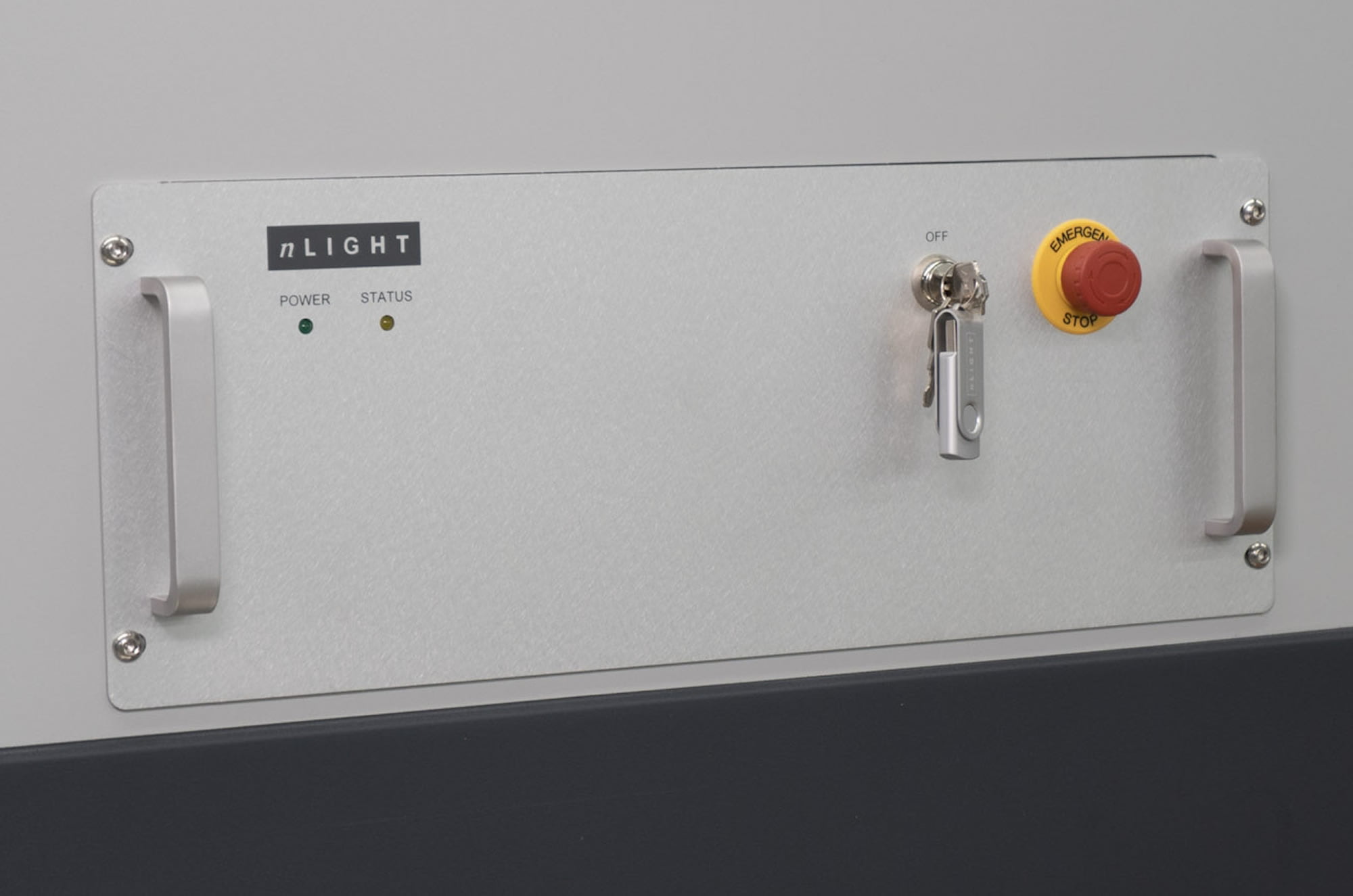
Key Switch
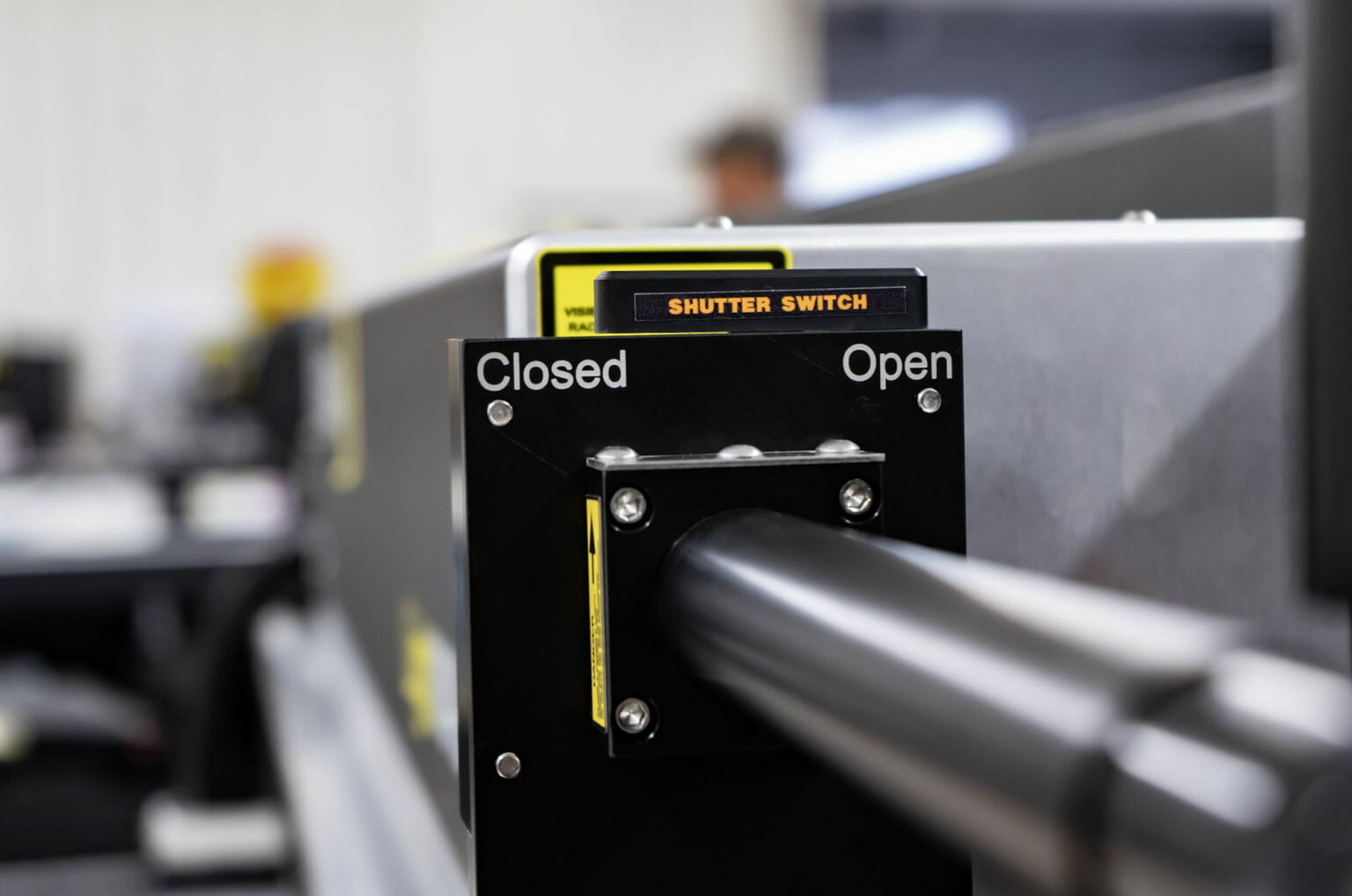
Sealed Beam Delivery

Safety Labels / ID Tag

Remote Interlock
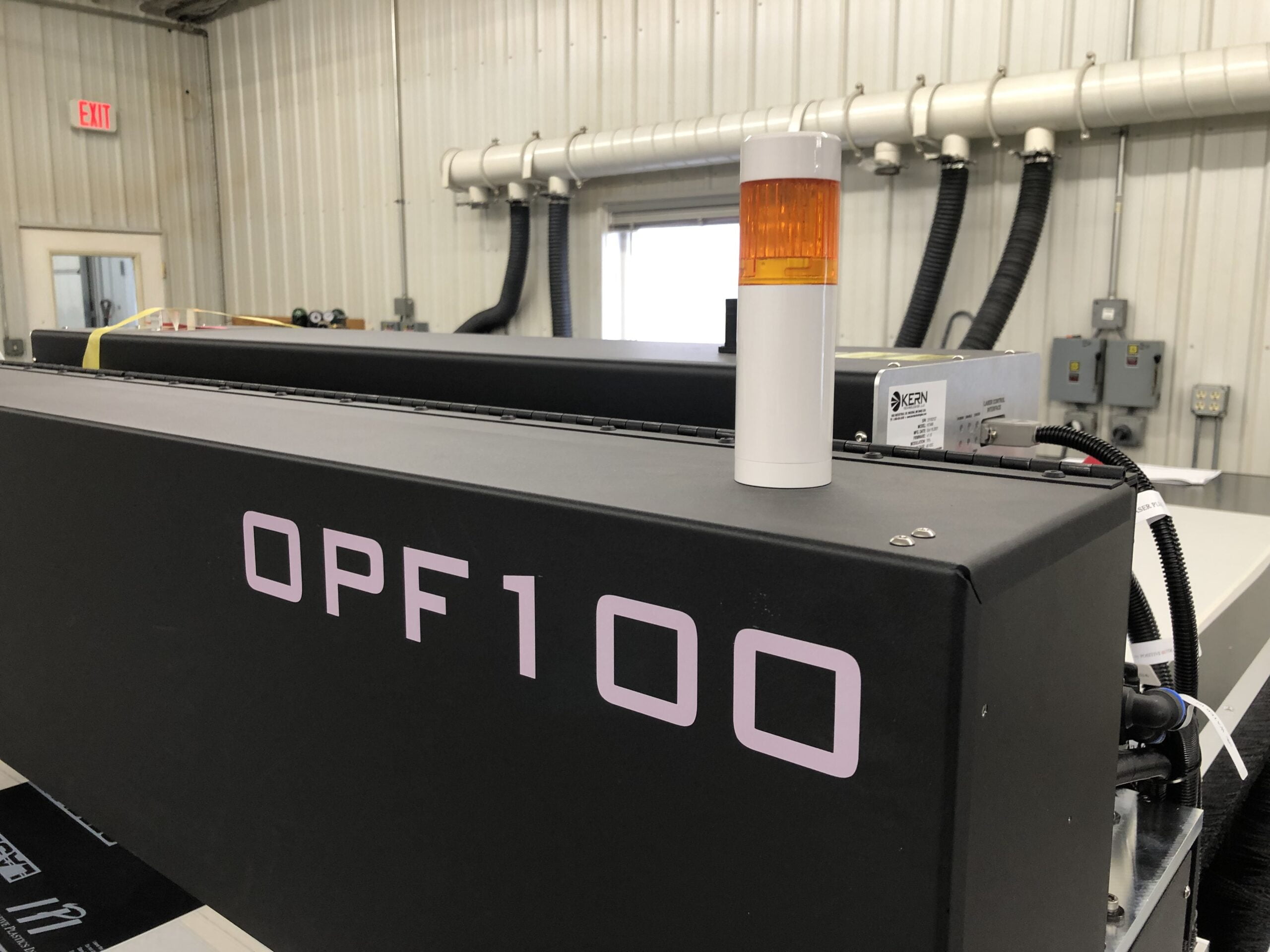
Indicator Light
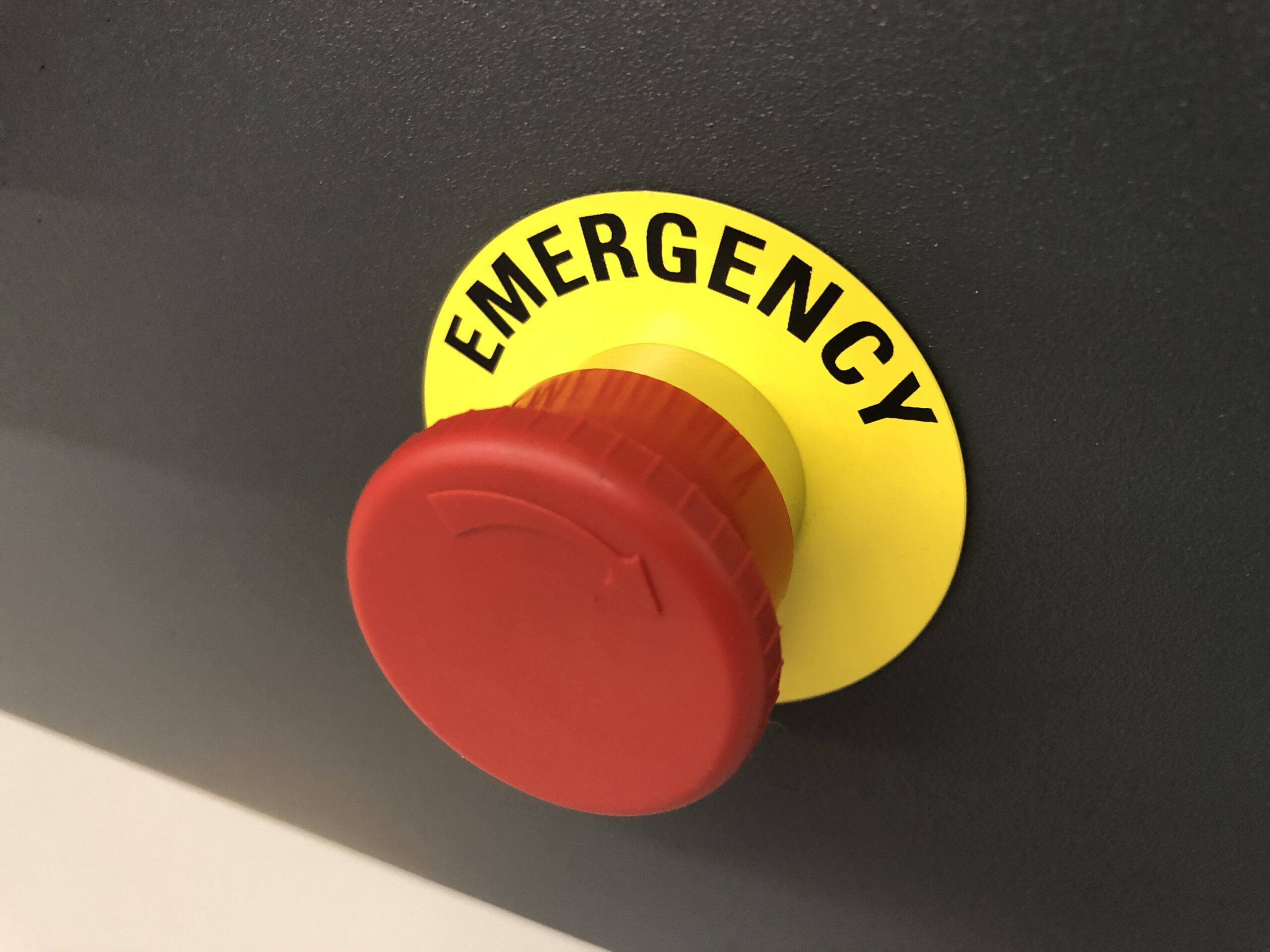
Emergency Stop
LET'S TALK FUMES...
One safety aspect of laser processing that often gets overlooked is fume removal. When you laser process a material a certain amount of material is vaporized, creating an off-gas. Many materials are safe to process and do not release a hazardous off-gas or release only trace levels which are safe for breathing. However, some materials should not be laser processed at all. It is a good policy to have a Safety Data Sheet(SDS) for all materials that you plan to laser process. Reviewing SDS sheets is the responsibility of your Laser Safety Officer(LSO) and your LSO should decide which materials are appropriate for laser processing. Please read our Laser Processing Fume Removal blog for a comprehensive view of Kern’s vacuum blower system.
Kern includes a blower package with each laser system. The blower is designed to remove fumes created during laser processing by ducting them to the outside of your building. The fittings and hose between the laser system and the blower are included as a standard part of the laser system package. The customer is responsible for ducting the vacuum blowers to the outside of their building.
For some customers it may not be practical to duct fumes to the outside of their building. In these cases a fume extraction unit can be installed which neutralizes the smell and filters harmful off-gasses. The processed air is then recycled back into the room. Kern’s sales associates will help you correctly match a fume extraction unit to your size laser system.
If you are using a Fume Extractor for a metal cutting applications a Spark Arrestor is required to prevents sparks from entering the extraction unit. It works by extinguishing sparks against metal surfaces and collecting hot materials in the base of the unit.
Don’t want to invest in a fume extraction unit, but need to take an edge off the fumes from our standard blower system? Our FilterBox may do just the trick! The filters are made from 100% premium activated coconut charcoal.
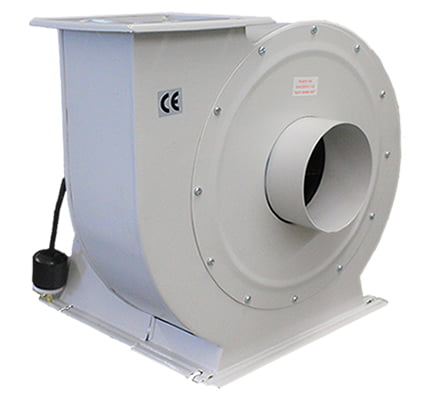



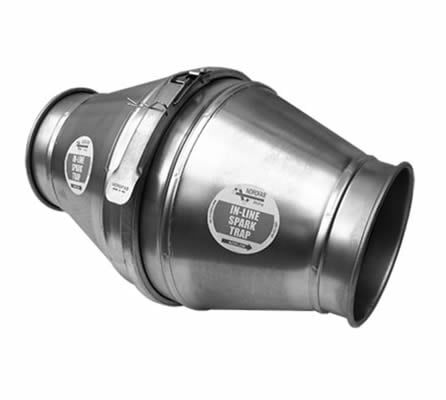
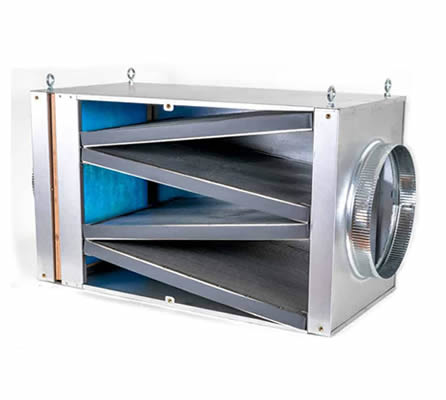
CE CERTIFIED LASER SYSTEMS

Kern’s laser systems are CE marked for delivery into the European Union. Our research and development team has performed in-house testing as well as third-party testing to ensure our machines meet the Standards required for CE marking. Below is a list of Standards and Directives our systems meet in full or in part, as required.
EN ISO 12100:2010 – Safety of machinery – General principles for design – Risk assessment and risk reduction.
EN 60204-1:2006+A1:2009 – Safety of machinery – Electrical equipment of machines — Part 1: General requirements.
EN ISO 13849-1:2015 – Safety of machinery – Safety-related parts of control systems – Part 1: General principles for design.
EN 61000-6-4:2007+A1:2011– Electromagnetic compatibility (EMC) – Part 6-4: Generic standards – Emission standard for industrial environments.
EN 61000-6-2:2005 – Electromagnetic compatibility (EMC) – Part 6-2: Generic standards – Immunity for industrial environments.
EN 50581:2012 – Technical documentation for the assessment of electrical and electronic products.
Machinery Directive 2006/42/EC
EMC Directive 2014/30/EU
RoHS Directive 2011/65/EU
ADVANCED SAFETY PACKAGE
GANTRY BUMPER
The OptiFlex system can be equipped with pressure sensing bumpers mounted on each side of the X-axis gantry. When the bumpers come in contact with an object the system motion and laser source are deactivated.
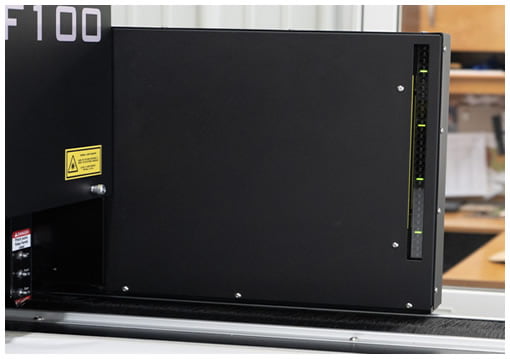
LIGHT CURTAIN
A safety light curtain uses an array of photoelectric sensors that create a wall of infrared light. When interrupted by an appendage or object, the system motion halts and the laser source is deactivated.
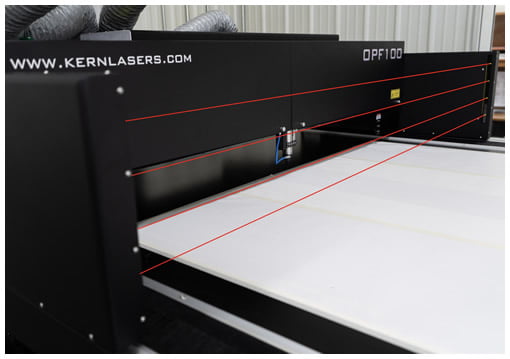
CLass 4 VS CLASS 2
A question we field more and more often is, “Why does Kern label their open-bed laser systems Class 4, when other manufacturers with similar systems, are labeled Class 2?” Kern has completed extensive research on this topic and have hired some of the top laser safety experts in the world to help us dissect this debate. One expert in particular serves on the American National Standards Institute (ANSI) accredited standard committee for the development of user standards for laser safety is designated as the ASC Z136.
First, we must analyze the difference between the two laser classes and then review the laser machine designs.
Several organizations have defined laser classifications in order to classify laser types by hazard levels. These organizations are the IEC (International Electrotechnical Commission), ANSI (American National Standards Institute) and CDRH (Center for Devices and Radiological Health). Classifications are determined by calculations based on exposure time, laser wavelength and laser power. The general descriptions from each organization may slightly differ but below is a good summary of where they overlap.
- Class 2: A Class 2 laser emits in the visible region (400-700nm). Momentary viewing is not considered hazardous since the upper radiant power limit on this type of device is less than the MPE (Maximum Permissible Exposure) for momentary exposure of 0.25 second or less. These lasers do not require additional safety protocols such as a Laser Safety Officer or laser safety glasses. The LaserCELL and FiberCELL systems fall under this classification because of the red diode laser beam that can be emitted for viewing where your laser nozzle is positioned on the table. Both The LaserCELL and FiberCELL are enclosed machines eliminating direct and reflected exposure.
- Class 4: Direct and reflected exposure can cause both eye and skin injury. Safety protocols must be in place for safe operation. Mainly the use of laser safety glasses and the appointment of a Laser Safety Officer(LSO). When these protocols are followed Class 4 lasers can be used safely. The OptiFlex, EcoFlex, MICRO and OptiDual fall under this classification.
All CO2 laser cutting systems are equipped with a Class 4 laser source. To make these systems safe for everyday industrial use safety systems and labeling are installed to meet required standards. Below is a list of safety features installed on Kern’s Class 4 machines.
Beam Attenuator: This feature is also referred to as a safety shutter. The laser beam is physically blocked and the laser source is electronically turned off when the shutter is closed. The shutter should be closed when the machine is not in use or when maintenance is being performed. Kern’s shutter is installed directly after the laser source with a convenient slide on/off mechanism.
Indicator Light: An indicator light must be present to alert the operator and those around the machine that the laser is in operation.
Remote Interlock: A remote interlock allows areas where the laser beam is accessible to be turned off when the interlocked is alarmed. Kern’s gantry lid can be opened to perform common maintenance and setup procedures such as oiling bearings and aligning the laser beam. The gantry has safety interlocks which turn OFF the laser electronically when they are defeated. This ensure maintenance personnel are safe when working on the laser system.
ID Tag /Labeling: Various labels are displayed on the system including laser danger labels, an aperture label and an ID label.
Manual Reset: A 5 second delay key switch which only allows the laser to be enabled upon cycle of this switch on start up and upon a remote interlock event.
Emergency Stop: An emergency stop button is positioned at the front of the laser system to quickly turn OFF the machine in case of an unforeseen emergency. Pressing the button halts the laser system motion and turns off the laser source.
Beam Delivery Sealed: All areas along the beam path are sealed so that there can be no contact with direct or scattered laser radiation. Metal tubes, bellows material and the gantry make up this sealed beam delivery. Under normal circumstances the only place the laser beam is exposed is out of the beam delivery nozzle. This nozzle is pointed directly down to the material being processed.
Laser Shroud: A beam shroud is installed around the nozzle to further protect users from direct or scattered laser radiation. Kern’s shroud is a round puck which only allows for a 1/4” gap between the material being processed and the laser shroud. The 1/4” gap is the only spot on the machine that the laser beam is exposed. This gap is present on many of our competitor’s machines that classify their machine as a Class 2 laser product. However, this 1/4″ gap is the reason Kern classifies our open bed laser systems as Class 4.
Unfortunately, some open-bed laser system manufacturers with similar laser shroud designs are taking the position that a reflected laser beam cannot make its way through this small gap or the hazard is less than the MPE (Maximum Permissible Exposure) limit. Kern feels strongly that this position is false and the laser experts we have consulted agree. Kern has taken the ultra-conservative position that our open-bed laser systems are considered a Class 4 laser product. This is how we have been successfully promoting and selling our laser systems since the early 90’s.
So back to the original question, “Why does Kern label their open-bed laser systems Class 4, when other manufacturers with similar systems, are labeled Class 2?” We do this because we care about your safety. Kern will never compromise your safety. Especially, when we can simply call our system a Class 4 laser product. This ensures that our customers wear laser safety glasses and appoint a LSO to ensure all safety protocols are being followed.
